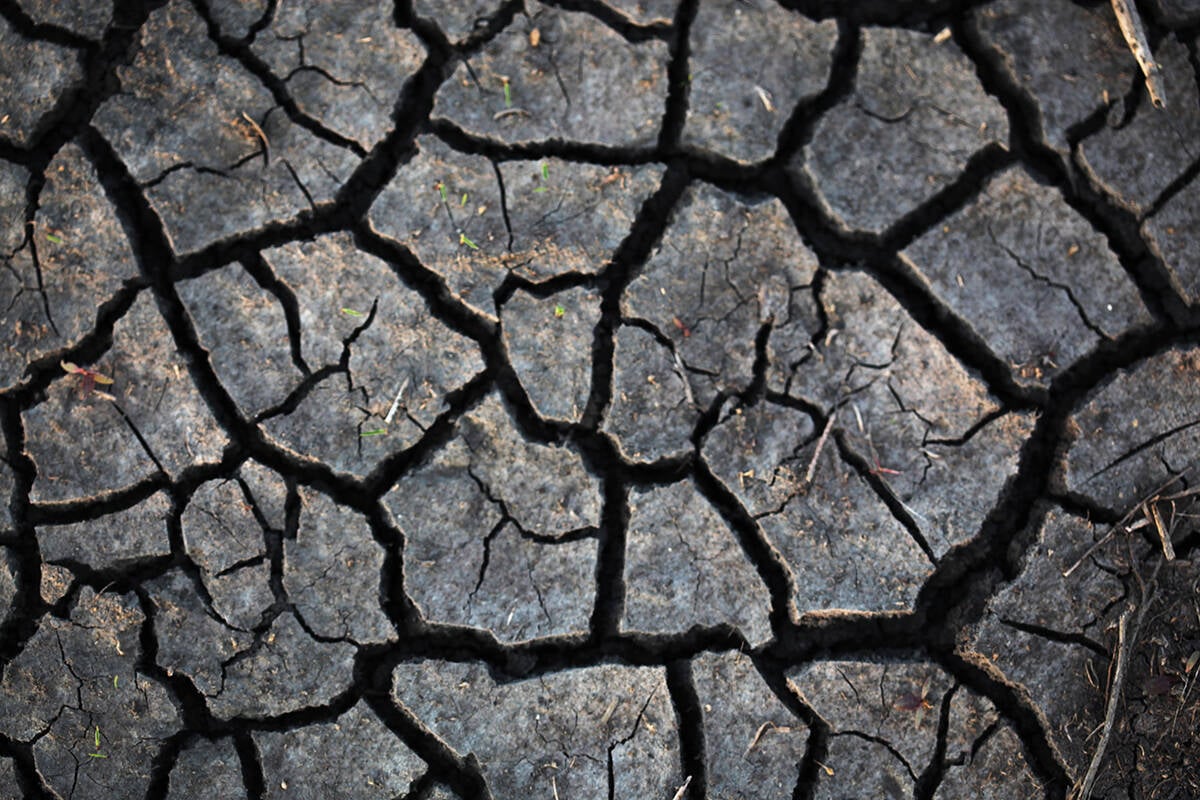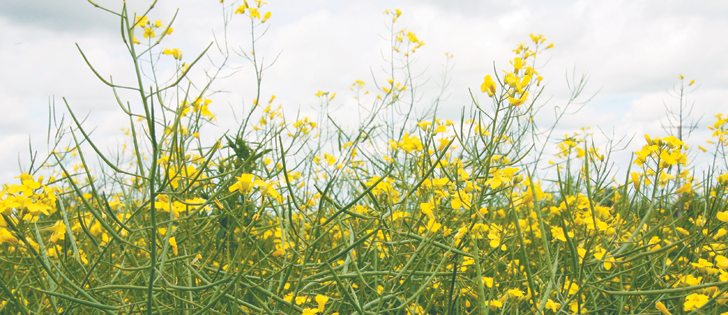SWIFT CURRENT, Sask. — Farmers attending a field day in Swift Current last week weren’t too concerned about sitting on a flat-deck trailer in the spitting rain.
The deluge of rain just days earlier wasn’t much of a problem either.
It’s better than the alternative, they said.
For example, this time last year only 12 millimetres of rain had fallen and drought was a serious concern, said Eric Oliver, president of the Wheatland Conservation Area.
Yes, some lost some crop and hay, but moisture in this typically parched region is almost always welcome.
Read Also

Prairies have variable soil moisture conditions
The dry weather in the west was welcome for preserving grain quality and advancing harvest, but it has resulted in very dry soil moisture conditions.
Southwestern Saskatchewan farmers are usually the first in the province to seed thanks to dry conditions. Getting the rain afterward is the trick.
Crops are in good to excellent shape and at or ahead of normal development thanks to the moisture this year.
Webb, southwest of Swift Current, holds the regional record for the most precipitation since April 1, at 335 mm as of July 11.
Doug Eidem, who grows durum and red lentils in the Success and Stewart Valley areas, said his crops received about 60 mm in the most recent rain earlier last week.
“It looks pretty decent,” he said. “It didn’t rain at all last year so it’s looking like a lovely crop.”
Rolling topography on his farm means lentils, the crop everyone is watching this year, should be OK as the water drains.
Farmers are betting on lentils this year, with an estimated 5.8 million acres in the ground, up by one million acres over 2015.
Many lentil fields in this region are weedy and some are moisture-stressed.
Durum stands look thick and far better than last year when the dry conditions took their toll.
“We’re pretty lucky the wind didn’t come,” Eidem said, referring to warnings of strong winds up to 90 km-h.
Crops that did lodge were bouncing back surprisingly well. At the Wheatland site, wheat and barley plots flattened the day before by wind and heavy rain were more than half standing again.
Flooding in low spots earlier in the growing season and last week has resulted in some crop loss but just how much remains to be seen.
Arle Nelson, who farms at Hallonquist southeast of Swift Current, said weather for the rest of the growing season will be the biggest factor. Attention is already turning to harvest.
“The crops look very good if we can get them off,” he said. “We’ve had more than 20 rains of three-tenths or more since May 10.”
Nelson also grows mainly durum and lentils. He estimated he lost about 40 acres of barley that he had hoped would be malt from last week’s rain of about 85 mm. He has cattle, so it will be used for feed instead.
The hot, dry days, which were predicted for this week as of press time, should help but about half of the soil in the Kyle, Swift Current, Shaunavon, Ponteix, Consult, Maple Creek and Leader areas reportedly have surplus moisture.
Crop specialists are warning of disease concerns with the heat and humidity in the wake of the rain.
Disease hasn’t been a big problem yet this year, but root rot in pulses and leaf spot in cereals have damaged some crops.
Now farmers wait to see what the weather brings next and what that will mean to their bottom lines.
















